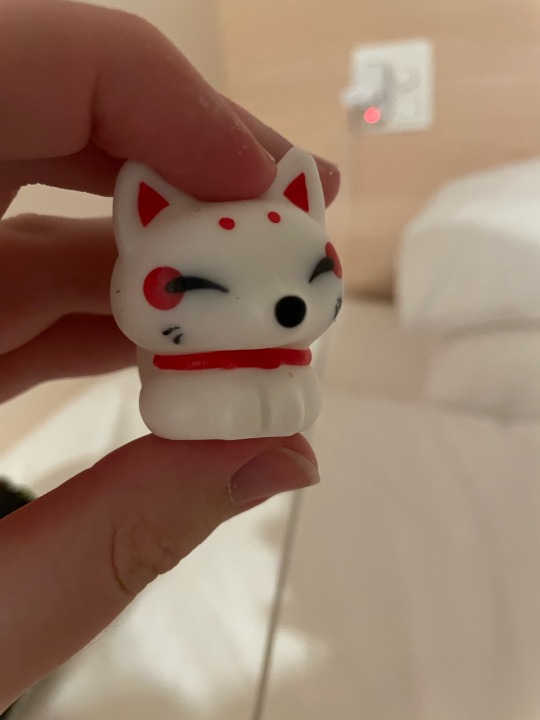#Inari
Text


Based on real experiences with walking in the woods and seeing random garbo. Some art school left a weird gnome man in the local forest and I keep wondering if they're gonna come pick him back up or let the earth reclaim him. (It's been 4 months (His head is gone))
237 notes
·
View notes
Text

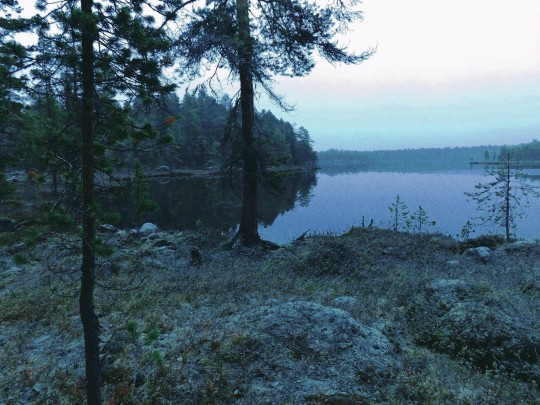

#finland#lapland#inari#autumn#dark#dark aesthetic#hiking#nature#artists on tumblr#emilia draksler#forest#cottagegore#witchy#wicca#pagan#nordic#dark nature#mood#photographers on tumblr#gloomy#wanderlust#blue
688 notes
·
View notes
Text

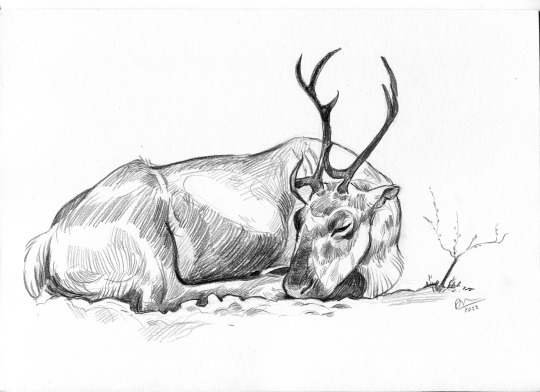

Sketches from photos i took of Sámi reindeer herder Petri Mattus' reindeer during a visit to his home in Inari, Finland in March.
Middle drawing in pencil, top and bottom in Procreate.
2K notes
·
View notes
Text
Gauss Prime is a Fox.
How did I come to this conclusion? By first looking at Gauss Prime's signature armor set, Doppline Prime Armor.
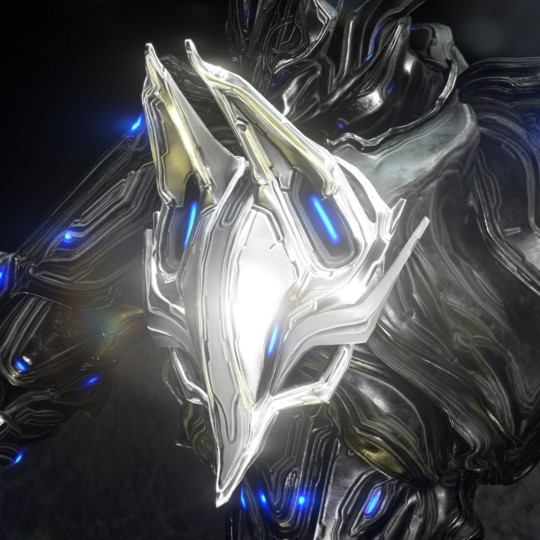
This is the chest armor of this set. It very clearly resembles the head of a fox. I was so curious as to why this could be. What association does Gauss' theme have with foxes? And what exactly does "Doppline" mean?
And then I remembered a line from the Gauss Prime Trailer.

Messengers of Gods. This seems fairly easy to interpret. One would quickly recall Hermes of Greek Mythology, famous for his incredible speed and being known as a "messenger" of the Olympians. But a "messenger of Gods" isn't an uncommon trope in various mythologies all around the world.
Connecting this fox motif to this line allowed me to recall a type of kitsune that served the kami (a spirit or god) Inari in Shintoism. Kitsune are (generally) known for their mischievous behavior (which we see in spades in the trailer) and their ability to shapeshift.
Then connecting this back to the Doppline Armor, I realized that Doppline is a portmanteau of "doppleganger" (a term often ascribed to a spirit that can assume the shape of a person, relating to kitsune shapeshifting) and vulpine ("having to do or related with foxes").
Gauss Prime is a celestial kitsune.
128 notes
·
View notes
Photo


🦊 Kitsune Mochi 🍊
Happy New Year! Here is a sculpture I made in honor of Inari and the yearly Japanese tradition of kagami mochi. Made also with the intention of bringing good health and fortune to a new home. ❤️
#sculpture#original art#fox#new year#traditional art#mochi#japanese#japan#rice#inari#red#white#gold#2022
738 notes
·
View notes
Text
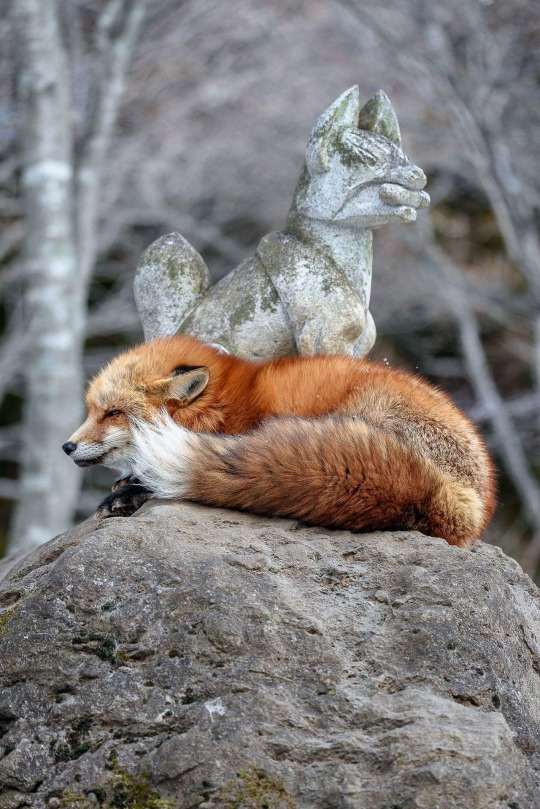
#fox#foxes#i love foxes#vulpine#vulpines#nature#red fox#fluffy#cute#nature photography#kitsune#Inari
338 notes
·
View notes
Text
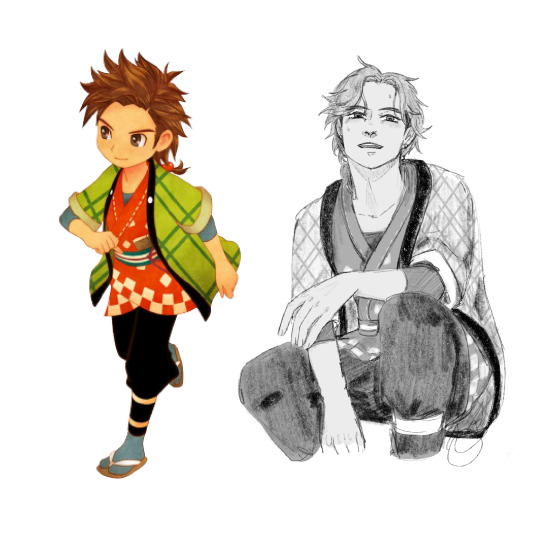

the last two bachelors
#fanart#art#digital art#hmsos#harvest moon#story of seasons#trio of towns#hinata#inari#art on the katio
181 notes
·
View notes
Photo

Lake Inari, Finland (by Nicholas V.)
520 notes
·
View notes
Text






when naruto/sasuke/inari and none of us knew another guy also lost his dad ;;
#naruto#land of the waves arc#land of waves arc#kakashi#inari#hatake kakashi#kakashi hatake#team 7#copy ninja#anime#narutographic#my gif
61 notes
·
View notes
Text



Second update yippee
212 notes
·
View notes
Text
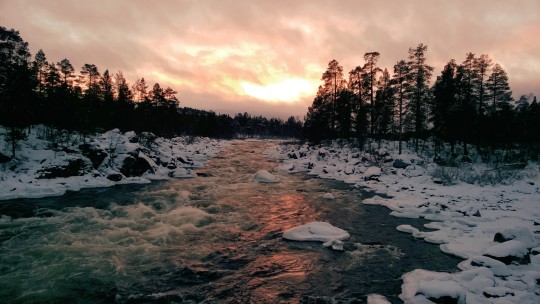

By iusedtobesometal
#finland#lapland#nature#dark aesthetic#nordic#winter#river#forest#dark#red#sunet#juutuanjoki#inari#photography#photographers on tumblr
68 notes
·
View notes
Text

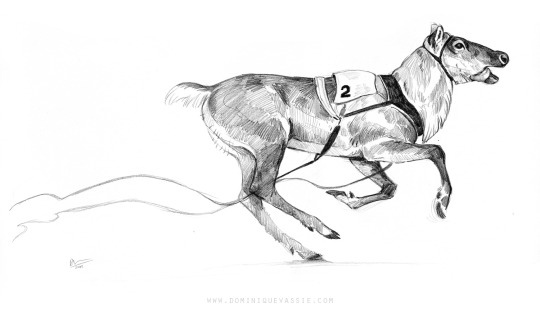

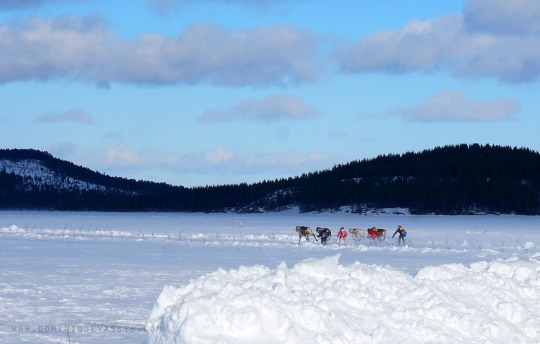
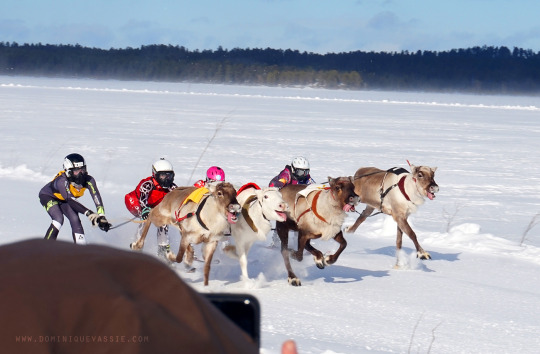

Reindeer in gouache and pencil done from photos i took in Inari, Finland in March. These are racing reindeer from the reindeer-racing King championship final held on the frozen Lake Inari which happened to be on during our visit!
These specially-selected speedy reindeer can run at up to 60km per hour. Super beautiful animals.
#porokuninkuusajot#porocup#reindeer#poro#inari#finland#drawing#gouache#painting#pencil#reindeer racing
896 notes
·
View notes
Photo

Kami
In the Shinto religion Kami is an all-embracing term which signifies gods, spirits, deified mortals, ancestors, natural phenomena, and supernatural powers. All of these kami can influence people's everyday lives and so they are worshipped, given offerings, solicited for aid and, in some cases, appealed to for their skills in divination. Kami are attracted by purity - both physical and spiritual - and repelled by the lack of it, including disharmony. Kami are particularly associated with nature and may be present at sites such as mountains, waterfalls, trees, and unusually shaped rocks. For this reason, there are said to be 8 million kami, a number referred to as yaoyorozu-no-kamigami. Many kami are known nationally, but a great many more belong only to small rural communities, and each family has its own ancestral kami.
The reverence for spirits thought to reside in places of great natural beauty, meteorological phenomena, and certain animals goes back to at least the 1st millennium BCE in ancient Japan. Add to these the group of Shinto gods, heroes, and family ancestors, as wells as bodhisattvas assimilated from Buddhism, and one has an almost limitless number of kami. Common to all kami are their four mitama (spirits or natures) one of which may predominate depending on circumstances: aramitama (wild or rough), nigimitama (gentle, life-supporting), kushimatama (wonderous), and sakimitama (nurturing). This division emphasises that kami can be capable of both good and bad. Despite their great number, kami can be classified into various categories. There are different approaches to categorization, some scholars use the function of the kami, others their nature (water, fire, field, etc.). For simplicity, and as those methods mentioned tend to create a lot of overlap, we will here adopt historian M. Ashkenazi's approach.
Classical Kami
Here the 'classical' kami are those which appear in the oldest Shinto texts including the Kojiki and Nihon Shoki. Here we have the gods, supreme amongst them being Amaterasu, the sun goddess. Others include her brother Susanoo, the wind and sea god, Takamimusubi, Okuninushi, and the creator gods Izanami and Izanagi. The first gods who remained in the heavens are often referred to as amatsukami (heavenly kami) while those next generation gods who ruled first on earth are called kunitsukami (earthly kami). All of the kami occasionally, in times of great crisis, assemble for conference on the dry riverbed of the Heavenly River. Many important rivers, mountains, caves, and rocks have their own kami too. In this group are also two kami from across the sea: Sukunabikona and Sarutahiko.
Continue reading...
37 notes
·
View notes
Text



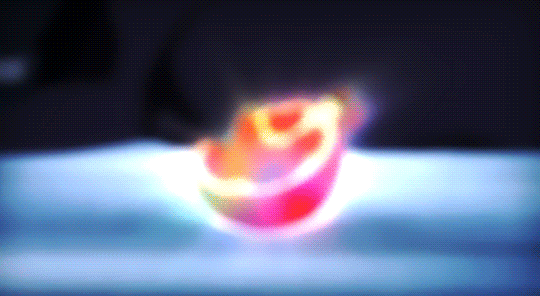
55 notes
·
View notes


